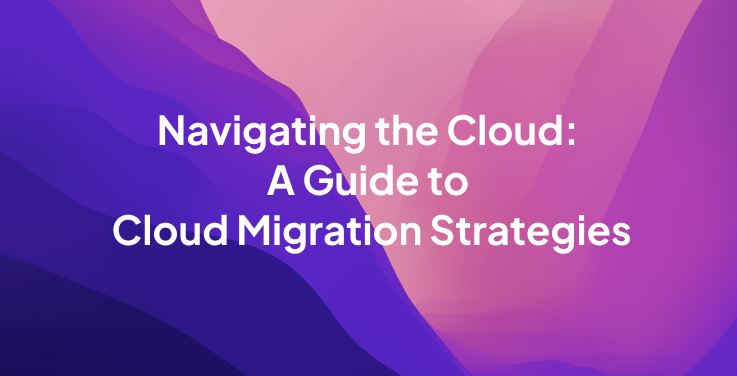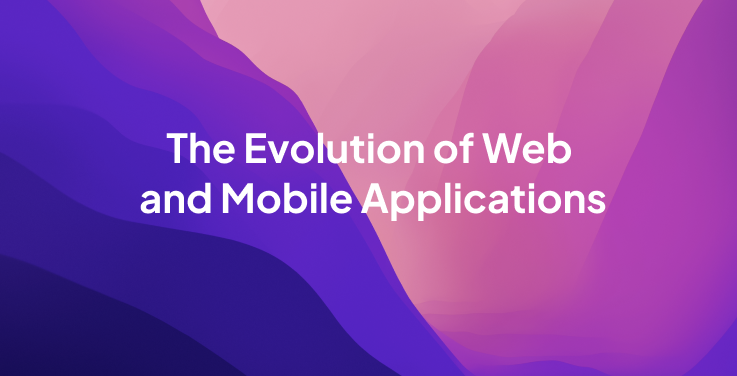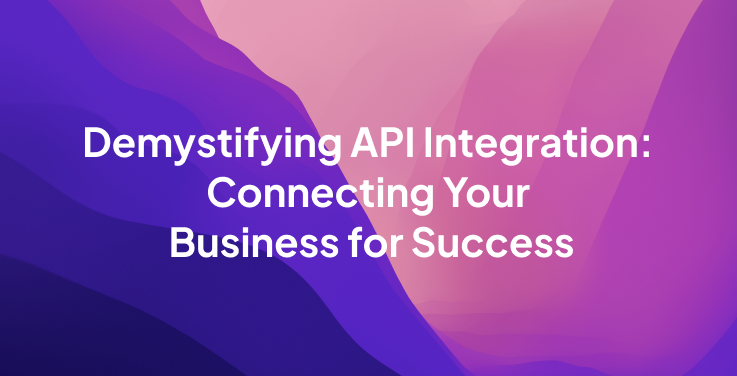Navigating the Cloud: A Guide to Cloud Migration Strategies
In the dynamic landscape of IT infrastructure, the cloud has emerged as a transformative force, reshaping the way businesses operate, innovate, and scale. This blog post is your compass in the world of cloud migration strategies, designed to empower businesses with the knowledge they need to make informed decisions when embarking on their cloud journey.
Understanding Cloud Migration
Before we dive into the strategies and nuances of cloud migration, let’s establish a foundational understanding of what cloud migration is and why it’s essential in today’s digital age.
Cloud Migration Defined: At its core, cloud migration refers to the process of moving applications, data, and workloads from on-premises infrastructure to cloud-based services. It’s driven by the desire to scale, reduce operational costs, and gain the agility needed to thrive in a rapidly changing business landscape.
Cloud Service Models
The cloud isn’t a one-size-fits-all proposition. It offers a spectrum of service models tailored to different business needs. We’ll explore three primary cloud service models:
- Infrastructure as a Service (IaaS): In this model, businesses gain access to virtualized infrastructure components, including servers, storage, and networking. It’s like renting the physical hardware without the management overhead.
- Platform as a Service (PaaS): PaaS provides a platform for developers to build, deploy, and manage applications without worrying about the underlying infrastructure. It’s all about focusing on coding and innovation.
- Software as a Service (SaaS): With SaaS, businesses access and use software applications hosted in the cloud. It’s like subscribing to a service rather than owning and maintaining software.
Each model has its unique advantages and is suited to specific use cases.
Cloud Deployment Models
Cloud deployments come in various flavors, depending on how you choose to host your services. Understanding these deployment models is crucial for aligning your cloud strategy with your business goals:
- Public Cloud: Services are hosted on infrastructure owned and operated by a third-party cloud provider, like Amazon Web Services (AWS) or Microsoft Azure. It offers scalability, cost-efficiency, and ease of use.
- Private Cloud: In a private cloud, infrastructure is dedicated to a single organization, offering enhanced security and control. It’s ideal for businesses with strict compliance requirements.
- Hybrid Cloud: Hybrid cloud combines elements of both public and private clouds, providing flexibility and allowing data and applications to move between them. It’s the choice for businesses seeking a balance between control and scalability.
Migration Strategies
When it comes to cloud migration, there’s no one-size-fits-all approach. Your choice of migration strategy depends on your specific circumstances and objectives. We’ll explore four common migration strategies:
- Rehosting (Lift and Shift): This strategy involves moving applications and data to the cloud without making significant changes. It’s quick and straightforward but may not leverage cloud-native features.
- Re-platforming (Lift, Tinker, and Shift): Re-platforming involves some modifications to the application to take advantage of cloud-native services while retaining the core structure. It strikes a balance between speed and optimization.
- Refactoring (Re-architecting): In this approach, applications are redesigned and optimized for the cloud. It offers the full benefits of cloud-native features but requires more time and effort.
- Rebuilding (Starting from Scratch): The most intensive approach, rebuilding, involves creating applications entirely from scratch to leverage cloud-native capabilities fully.
Each strategy has its merits and trade-offs, and the right choice depends on factors like budget, timeline, and the complexity of your existing infrastructure.
Security and Compliance
In the cloud, security and compliance are paramount. Moving to the cloud doesn’t absolve businesses of their responsibility to protect sensitive data and adhere to regulatory requirements. We’ll explore best practices for securing cloud environments and ensuring compliance.
Conclusion
Cloud migration is a journey, not a destination, and there’s no one-size-fits-all solution. By understanding the diverse cloud service models, deployment options, migration strategies, and the critical importance of security and compliance, businesses can confidently navigate the cloud and unlock its full potential. The cloud isn’t just about technology; it’s about transformation, innovation, and the future of business.





